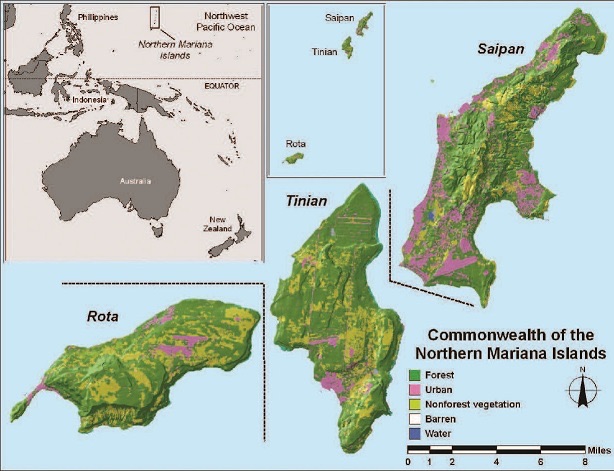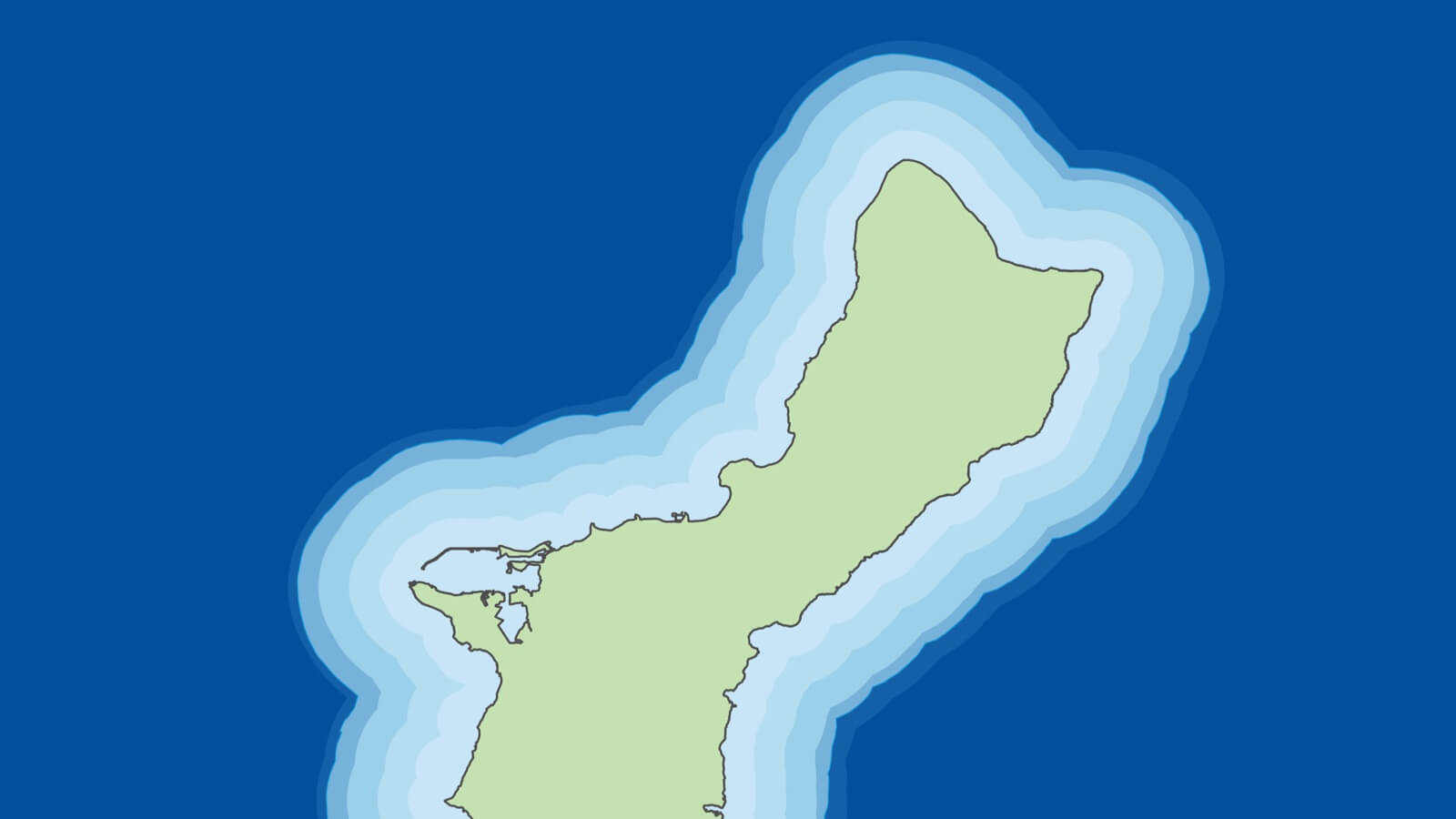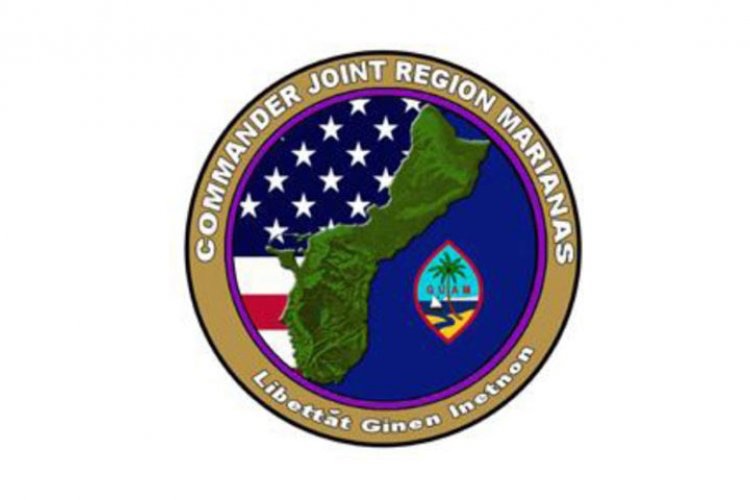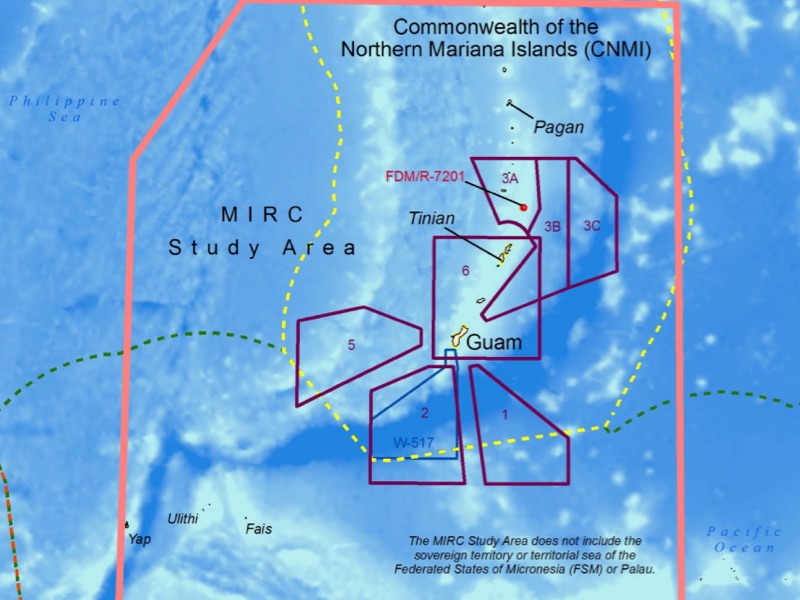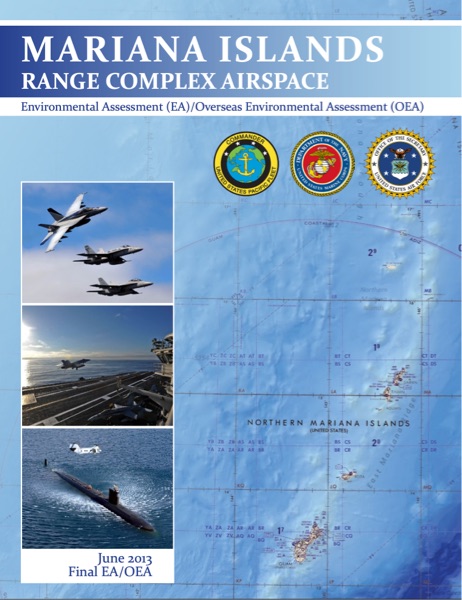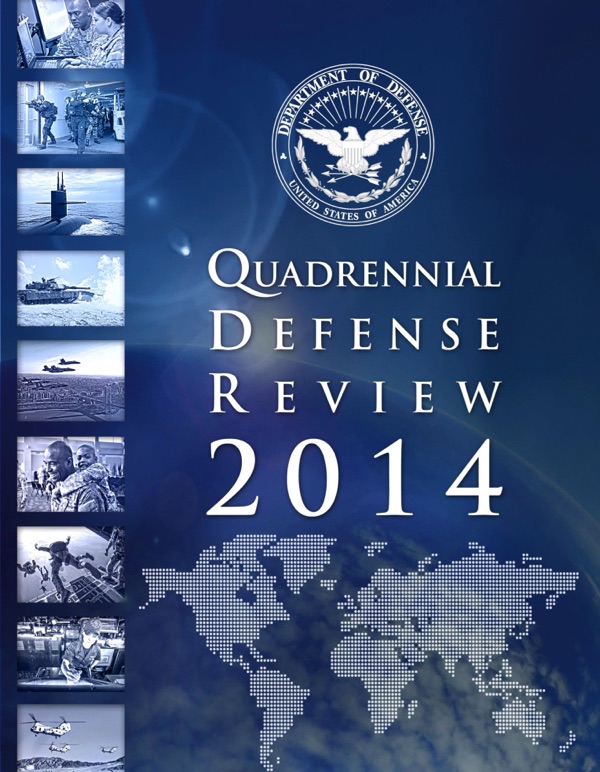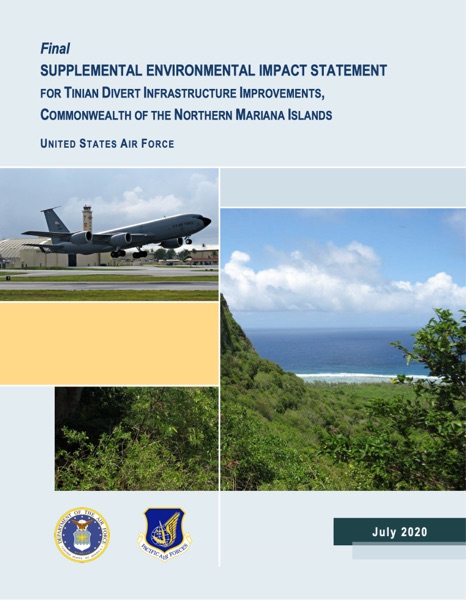Since 2002, the governments of the United States and Japan have negotiated a series of security agreements stipulating to reducing U.S. military presence on the Japanese island of Okinawa. The Guam and Commonwealth of the Northern Mariana Islands Military Relocation Project (“Relocation”) represents the Defense Department’s proposal to implement these agreements by relocating personnel from Okinawa to Guam.
As originally proposed in 2007, the project had six primary components, five on Guam and one on Tinian:
- Relocation of more than 8,000 Marines and their dependents from Okinawa to Guam, including construction of a “main cantonment” and development of various training, airfield, and waterfront facilities;
- Construction of landside and waterfront facilities necessary to accommodate a nuclear aircraft carrier on Guam, including extensive dredging of corals;
- An anti-ballistic missile system on Guam;
- Extensive utility infrastructure upgrades on Guam;
- Transportation infrastructure upgrades on Guam; and
- New live-fire training on the island of Tinian.
In its Environmental Impact Statement (“EIS”), the Defense Department proposed to implement the “Training on Tinian” component of the Relocation project within the island’s existing Military Lease Area. At the time, however, military activity on Tinian was only occasional and largely limited to non-live fire activities. The Relocation project therefore represented a significant departure from the status quo.
In 2010, the Defense Department approved, in whole or in part, four of the six original components of the Relocation project, including the “Training on Tinian” project component. Decisions on the nuclear carrier and anti-ballistic missile project components were “deferred.”
A coalition of community and government groups then filed a legal challenge to a portion of the Relocation project that would have authorized live-fire training activities at Pagat, Guam. Rather than contest the merits of the case, the United States agreed to withdraw and reconsider training at Pagat in a Supplemental EIS. The Supplemental EIS also reconsidered several other aspects of the Relocation project, ultimately proposing substantial reductions in the number of Marines who would be relocated to Guam and the extent of transportation and utility infrastructure improvements to be made. The “Training on Tinian” project component was not reconsidered, however.
The Defense Department completed its Supplemental EIS and re-approved the Relocation project in 2015.
Additional information about the Relocation project can be found here.
